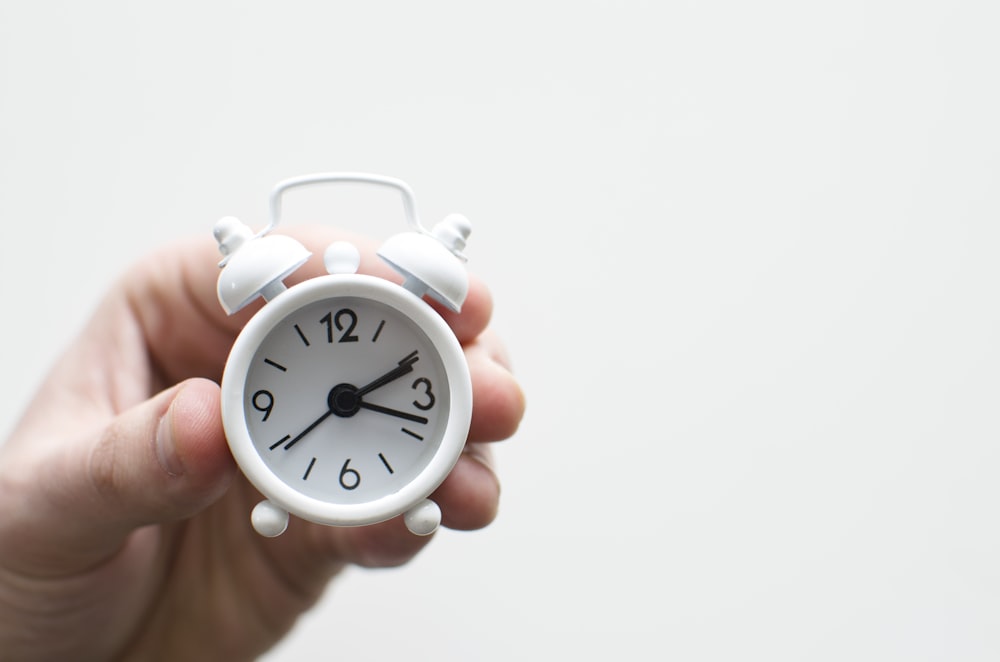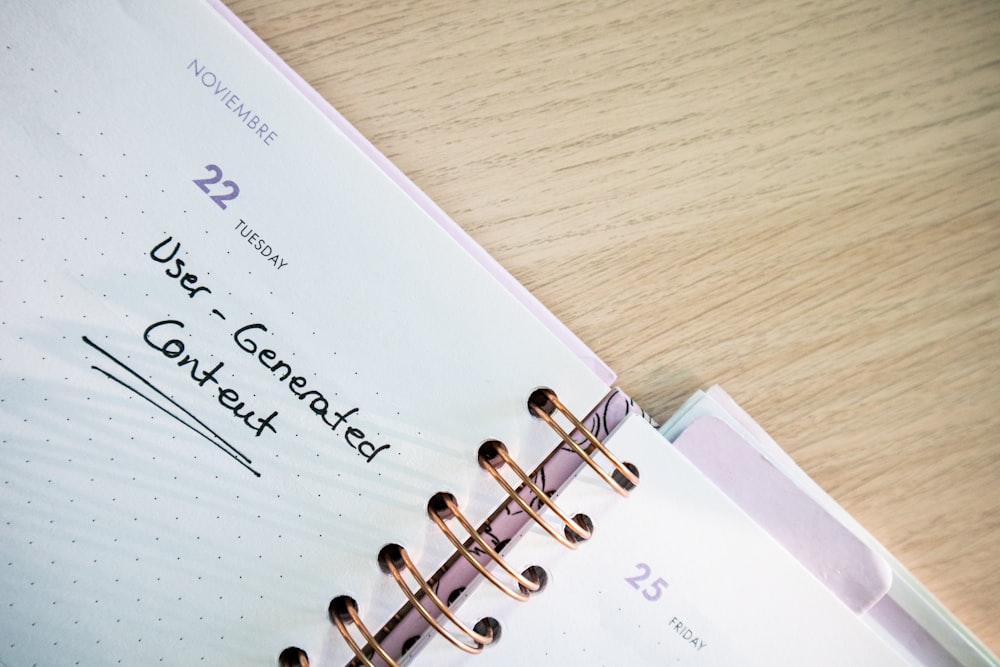In today’s digital age, social media has become an integral part of our lives. Platforms like TikTok, Reels, and YouTube Shorts have revolutionized the way we consume content, especially short-form videos. As marketing professionals in nonprofits, it is crucial to understand the best strategies for promoting our cause on these platforms. One important aspect to consider is the timing of our YouTube Shorts posts. In this comprehensive guide, we will delve into the science of timing and uncover the best time to post on YouTube Shorts. Let’s get started!
Understanding YouTube Shorts
Before we dive into the timing aspect, let’s first understand what YouTube Shorts are. YouTube Shorts are brief, vertical videos that can be up to 60 seconds long. They are designed to capture the attention of viewers quickly and deliver engaging content in a bite-sized format. Similar to TikTok and Reels, YouTube Shorts presents a valuable opportunity for nonprofits to reach a wider audience and engage with them on a more personal level.
What are YouTube Shorts?
YouTube Shorts are a new way to create and watch content on YouTube. They allow creators to capture and share short videos directly from their mobile devices. With features like music, text, and filters, YouTube Shorts provide ample creative possibilities to convey your nonprofit’s message effectively.
The Importance of Timing in YouTube Shorts
Timing plays a crucial role in the success of any content on social media platforms. When it comes to YouTube Shorts, posting at the right time can significantly impact the visibility and engagement of your videos. By understanding the science behind timing, you can maximize the reach of your YouTube Shorts and effectively connect with your target audience.
One key aspect to consider when it comes to timing your YouTube Shorts is understanding your target audience’s behavior. Different demographics have different online habits, and knowing when they are most active on the platform can help you optimize your posting schedule. For example, if your nonprofit focuses on reaching young adults, you may find that they are most active on YouTube during evenings and weekends when they have more free time. By scheduling your Shorts to go live during these peak periods, you increase the chances of your content being seen and shared.
Another factor to consider is the overall trend of YouTube Shorts viewership. As the platform continues to grow in popularity, it’s important to stay updated on the latest trends and shifts in user behavior. By keeping an eye on the analytics and insights provided by YouTube, you can identify patterns and adjust your timing strategy accordingly. For instance, if you notice that there is a surge in viewership during a specific time of the day or week, you can align your posting schedule to capitalize on this increased engagement.
Furthermore, experimenting with different timing strategies can also be beneficial. By testing different posting times and analyzing the results, you can gather valuable data on what works best for your nonprofit’s YouTube Shorts. This iterative approach allows you to refine your timing strategy over time and optimize your content for maximum impact.
The Science of Timing
Now that we recognize the significance of timing, let’s explore the science behind it on YouTube Shorts. To create an optimized posting strategy, we must consider two key factors: YouTube’s algorithm and peak viewing times on the platform.
How YouTube’s Algorithm Works
YouTube’s algorithm determines the visibility and promotion of content on the platform. When you post a YouTube Short, the algorithm analyzes various factors such as engagement, view duration, likes, and shares to determine its potential reach. By understanding how the algorithm works, you can tailor your posting time to increase the chances of your video being seen by a larger audience.
For instance, did you know that YouTube’s algorithm prioritizes videos that have a high engagement rate within the first few hours of posting? This means that timing is crucial to maximize your video’s potential reach. By strategically posting your YouTube Shorts during peak hours, when users are most active on the platform, you can increase the likelihood of your content being seen and engaged with by a larger audience.
Additionally, the algorithm also takes into account the overall watch time of your video. This means that if you post your YouTube Short during a time when users are more likely to have longer viewing sessions, such as during evenings or weekends, your video has a higher chance of being recommended to other users. Understanding these nuances of the algorithm can give you a competitive advantage in reaching a wider audience.
Peak Viewing Times on YouTube
Knowing the peak viewing times on YouTube can give your YouTube Shorts a competitive edge. Research has shown that YouTube viewership peaks during certain hours of the day and certain days of the week. By posting your YouTube Shorts when the platform experiences high traffic, you increase the likelihood of your content reaching a larger audience.
For example, studies have indicated that weekdays between 5 PM and 9 PM tend to have higher viewership on YouTube. This is when people are winding down after work or school and looking for entertaining content to relax with. By strategically timing your YouTube Short to be published during these peak hours, you can tap into a larger pool of potential viewers who are actively seeking new and engaging videos.
Furthermore, it’s important to consider the days of the week when YouTube experiences higher traffic. Weekends, in particular, are known to have increased viewership as people have more leisure time to indulge in their favorite online platforms. By aligning your posting schedule with these peak days, you can optimize your chances of reaching a larger audience and potentially gaining more subscribers.
By understanding both the inner workings of YouTube’s algorithm and the peak viewing times on the platform, you can strategically plan and time your YouTube Shorts to maximize their potential reach. Remember, timing is not just about posting your content; it’s about posting it at the right time to capture the attention of your target audience and increase your chances of success on YouTube.
Analyzing Your Audience
While understanding YouTube’s algorithm and peak viewing times are essential, analyzing your audience takes it a step further. By gaining insights into your viewers’ habits, you can tailor your posting strategy to match their preferences and maximize engagement.
Understanding Your Viewer’s Habits
Utilize YouTube Analytics to gain valuable insights into your viewers’ habits. This tool allows you to analyze metrics like watch time, video retention, and audience demographics. By understanding when your viewers are most active and engaged, you can strategically schedule your YouTube Shorts posts to ensure maximum visibility and impact.
Utilizing YouTube Analytics
YouTube Analytics provides valuable data on your channel’s performance, including how your YouTube Shorts are performing. Utilize this data to identify trends and patterns in viewer behavior. Test different posting times and days, and monitor the metrics to determine when your viewers are most likely to engage with your content.
Best Days to Post YouTube Shorts
Now that we have a solid understanding of YouTube Shorts and the importance of timing, let’s explore the best days to post your captivating videos.
Weekdays vs. Weekends
On weekdays, people tend to have a more structured routine, which often includes spending time on social media during specific intervals. For YouTube Shorts, consider posting during lunch breaks or in the evening when people are relaxing after work. On the other hand, weekends provide a unique opportunity, as people tend to have more free time to explore social media. Experiment with both weekdays and weekends to determine which days yield the most engagement and adjust your posting schedule accordingly.
Holidays and Special Events
Holidays and special events can have a significant impact on viewership patterns. During holidays, people often have more free time and may spend a larger amount of time on social media platforms. Additionally, special events like conferences, industry summits, or awareness days related to your nonprofit’s cause can be great opportunities to post YouTube Shorts. Take advantage of these occasions to maximize your reach and engage with a larger audience.
Best Times to Post YouTube Shorts
Now that we’ve covered the best days to post, let’s hone in on the best times of day to publish your YouTube Shorts content.
Morning, Afternoon, or Evening?
The best time to post YouTube Shorts can vary depending on your specific target audience and their viewing habits. Generally speaking, mornings (between 8 am and 11 am) and evenings (between 6 pm and 9 pm) are considered optimal for posting. During these times, people are more likely to have leisure time and actively engage with social media. However, always refer back to your YouTube Analytics to get precise data on when your audience is most active.
Time Zone Considerations
If your nonprofit operates on a national or global scale, it’s crucial to consider time zone differences. Analyze your audience’s location data in YouTube Analytics to determine the time zones where your viewers are most concentrated. Adjust your posting schedule to align with these time zones and make sure your YouTube Shorts reach as many people as possible.
In conclusion, understanding the best time to post on YouTube Shorts is a critical aspect of your nonprofit’s marketing strategy. By leveraging the science of timing, analyzing your audience’s habits, and utilizing YouTube Analytics, you can optimize your YouTube Shorts posting schedule to maximize visibility and engagement. Remember to experiment, monitor the metrics, and stay adaptable as viewer behaviors and preferences may evolve over time. With these insights, you can effectively connect with your audience, spread your nonprofit’s message, and drive meaningful impact through YouTube Shorts.





